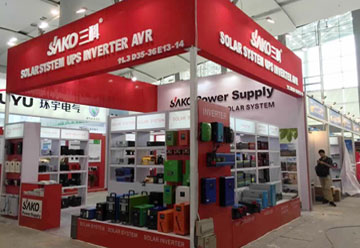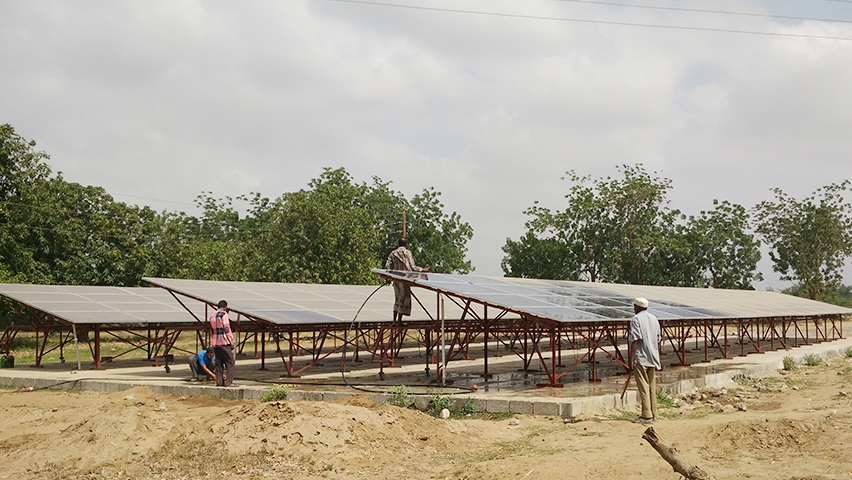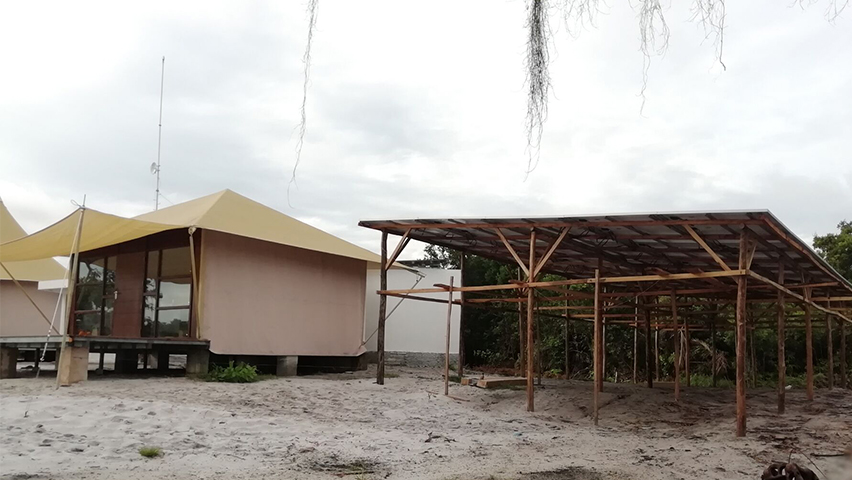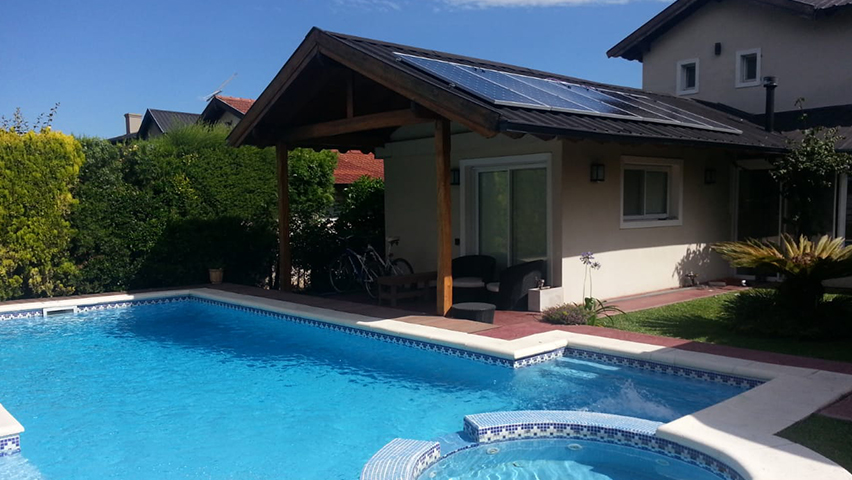Solar energy comes in various forms, some of which you might not be familiar with. One such choice is the hybrid MPPT solar inverter, which combines MPPT (Maximum Power Point Tracking) and PWM (Pulse Width Modulation) for greater efficiency, durability, and dependability. For additional information on why this technology can be a better fit for your solar energy requirements, check out this blog post!
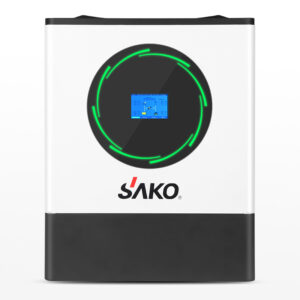
A solar inverter: what is it?
Three basic tasks are carried out by a solar inverter: it converts solar energy into alternating current, filters out high-frequency noise, and controls the output voltage to deliver steady electricity. As the system expands, more power will be needed, hence inverters are frequently designed dependent on the wattage of the panels they connect to.
The best way to describe a hybrid solar inverter is that it helps you save money on your energy bill by combining the power of both solar and electricity. Hybrid inverters work by taking the output of your solar panels and using that power to recharge your battery, then using that battery’s power to power your household appliances. This means that you can use your solar panels to generate electricity during the daytime, when the sun is shining, and then plug into the wall at night to take advantage of the grid.
How Does The Mppt Solar Inverter Work?
A hybrid Mppt solar inverter is the best new device for your home because it can help you save money on your electricity bill while also reducing your carbon footprint. A hybrid Mppt solar inverter works by splitting the incoming solar energy into direct current (DC) and alternating current (AC), which then powers your home’s appliances. By using a hybrid Mppt solar inverter, you can reduce the amount of AC power that is sent to your home, which in turn reduces your energy costs. Additionally, a hybrid Mppt solar inverter helps to offset any emissions that are created from the use of electricity by powering your home with green energy.
SAKO informs you:
Compared to traditional or pure solar systems, using a hybrid solar inverter has a number of benefits. A hybrid system has cheaper installation costs, on the one hand. In comparison to conventional or pure solar systems, they typically require less acreage and equipment. They are also better for larger facilities like houses or businesses since they produce more electricity than either system does by itself. Get in touch with SAKO if you want additional details.

